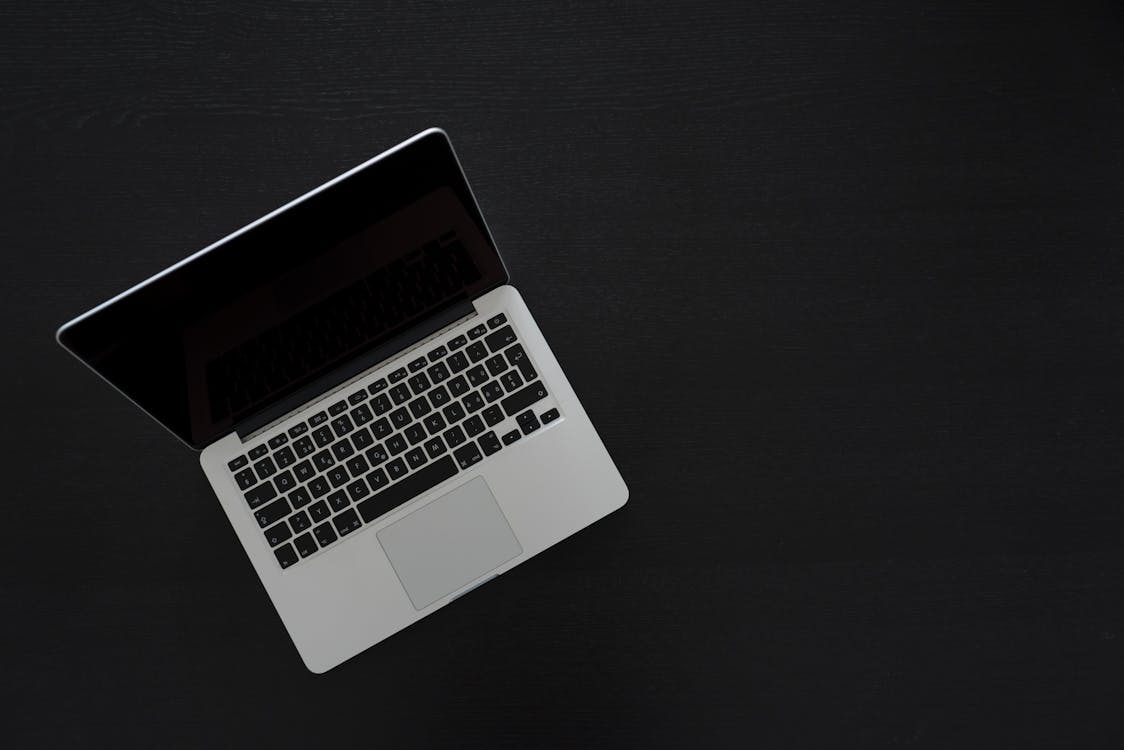08 Dec Let’s talk about securing your Mac devices
A rundown of security strategies for Mac OS and Apple devices

In the realm of cybersecurity, we discuss the numerous devices, computers, and systems that encompass the digital ecosystem. Each node is an internet-facing point of entry for potential attacks, so naturally, it’s well covered territory. But often are Mac OS devices left out of the discussion, at least when looking at mainstream cybersecurity solutions.
That’s unfortunate, because they’re just as relevant to the security discussion, if not more so. Apple and Mac devices are some of the most popular hardware around the world, used for both personal and professional use. Because of that, they’re prime targets for threat actors.
We recently discussed common mistakes users make when thinking about Mac OS security. Now, we want dive into best strategies for maintaining Mac OS security. Though Apple boasts a rigorous “malware free” arsenal of systems, they’re just as susceptible to various intrusions, malware, and phishing schemes.
For those familiar with healthy cybersecurity hygiene, our suggestions will sound familiar. For those seeking to strengthen their Mac OS security, you’ll discover a range of powerful tips and strategies.
Security tips for Mac OS
Maintain Updated Software
Apps and software need continuous updates to remain secure, especially those housing private or personal data. Threat actors seek digital cracks to compromise systems, taking advantages of bugs or zero-day exploits to gain administrative access. Therefore, apps and software should be routinely updated, even if it seems unimportant.
Consider backing up data and resources
No security application is complete without a method to backup data, business or personal. On the enterprise level, for example, third-party data storage is common for restoration services and protection against malware. But beyond that, it accounts for disaster, human error, and even hardware failure.
Whether you route data to an external storage device or maintain an offsite data lake to safeguard information, having a cushion when “anything happens” is an essential aspect of healthy cybersecurity hygiene.
Navigate the net with “trust until verified”
With the prevalence of phishing and social engineering scams, randomly clicking links from sources you aren’t completely sure about is a dangerous gamble. Threat actors use a variety of tactics to fool recipients, and can replicate official emails, SMS texts, and even voice calls.
Therefore, unless you can verify it, don’t trust it (avoid clicking, downloading, or opening strange links/files). This philosophy is key to many cybersecurity strategies and essential for users, no matter how you browse or what devices you use. Mac hardware is no different.
Strengthen Logins
Having varied, complex logins is an effective, free method for protecting Mac OS accounts. But, more so, enabling strong verification safeguards such as MFA (multifactor authentication) can protect users from a wide variety of threats and malicious actors. Most devices have some form of MFA, and websites will typically have an option for dual-factor authenticators.
Secure Unattended Devices
An unattended device is a potential access point for threat actors, or, simply leaves your data exposed. It’s a simple kind of a human error, rooted in habit. But it’s important not to leave an unattended device unsecured, and enabling an “auto-lock” after a designated time is a quick fix. Some don’t bother or don’t realize it’s an option, but no matter the environment, it’s a critical security tip.
This is found under the “Security and Privacy” settings – and it’s a good idea to give these a look through if you haven’t already. Fine tuning security settings to your preferences works best, of course.
Adjusting Privacy Settings
How comfortable are you with personal data and information being shared to data brokers? What about apps and software tracking your Mac’s activity? If the notion sounds uncomfortable – as it rightly should – you can adjust privacy settings to limit what’s tracked and recorded. Remember, apps and trackers can collect a wide swath of information. Some are even allowed to access your photos, modify anything on your system, and otherwise have a ridiculous level of permission access. It’s both a safety and privacy concern.
These settings are adjustable under the “Analytics” portion of a Mac device’s settings.
Anti-Virus and Firewall
It goes without saying that both firewall and anti-virus should be updating and running on your Mac OS. Some, however, neglect this option, because Apple boasts its products are totally secure. However, the reality is that Mac OS devices are just as susceptible to intrusions, and that assuming otherwise risks your security.
Other Mac OS Privacy and Security Tips
- Make sure that update settings are set to automatic
- For businesses, look into data encryption for additional file protection
- Routinely check security settings to fine tune privacy options
Keeping Safe with Mac OS
Apple and Mac devices are widely used across the world, arguably one of the most popular computer platforms of today. Therefore, they’re ideal targets for threat actors. Following our short guide will make you that much safer.
You can always reach out for additional assistance. Contact Bytagig today to learn more.
About Bytagig
Bytagig is dedicated to providing reliable, full-scale cyber security and IT support for businesses, entrepreneurs, and startups in a variety of industries. Bytagig works both remotely with on-site support in Portland, San Diego, and Boston. Acting as internal IT staff, Bytagig handles employee desktop setup and support, comprehensive IT systems analysis, IT project management, website design, and more. Bytagig is setting the standard for MSPs by being placed on the Channel Future’s NexGen 101 list.


Sorry, the comment form is closed at this time.